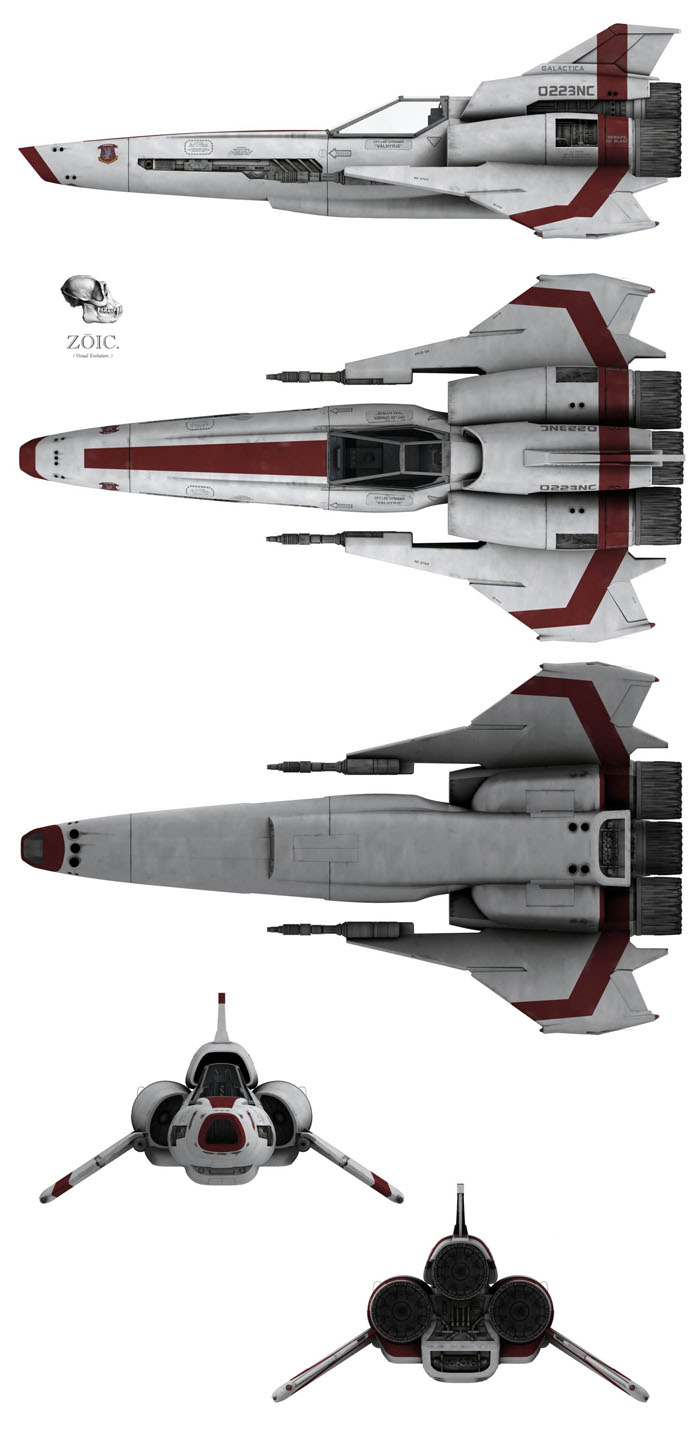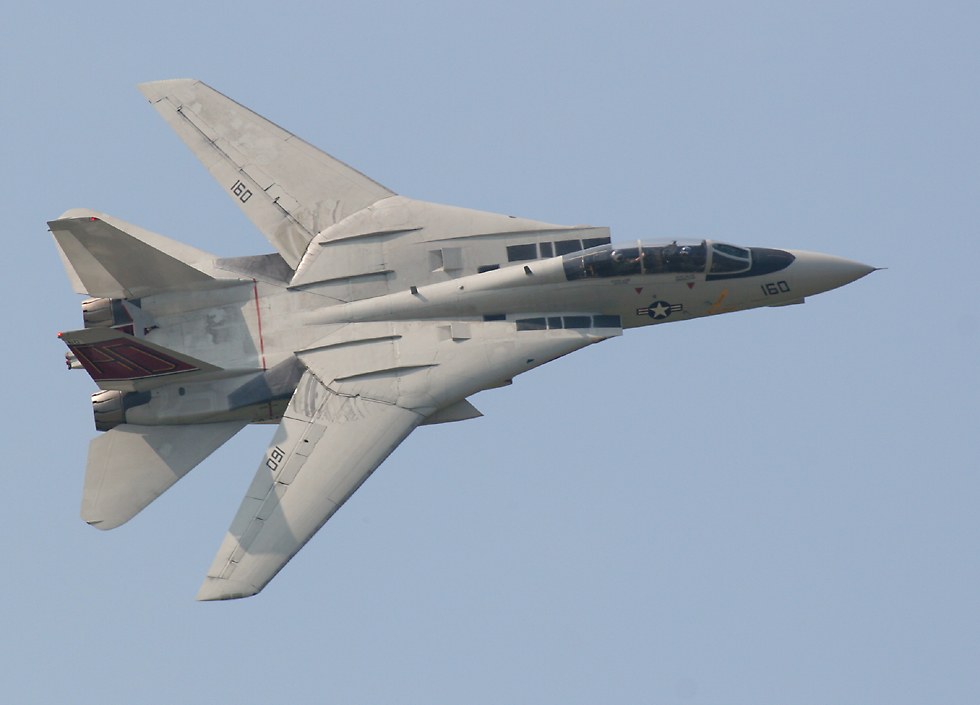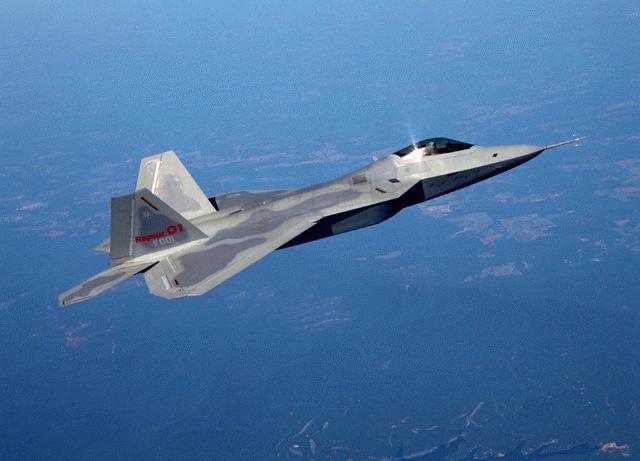The book is advertised as:
The year is 2312. Scientific and technological advances have opened
gateways to an extraordinary future. Earth is no longer humanity's only
home; new habitats have been created throughout the solar system on
moons, planets, and in between. But in this year, 2312, a sequence of
events will force humanity to confront its past, its present, and its
future.
The first event takes place on Mercury, on the city of
Terminator, itself a miracle of engineering on an unprecedented scale.
It is an unexpected death, but one that might have been foreseen. For
Swan Er Hong, it is an event that will change her life. Swan was once a
woman who designed worlds. Now she will be led into a plot to destroy
them.
Except Swan isn't lead into a plot to destroy them. I kept reading through this horror, skipping large passages of character soul searching, waiting for such an event to happen, because what is advertised sounds pretty exciting. What I read was not.
It was boring. The characters were uninteresting, and I never cared about them, what they were doing, or what happened to them.
2312 is a short story stretched into a novel, and focuses on the wrong characters to tell that story. The two main characters, Swan and Wahram, were too distant from the plot, which essentially is--and trust me, this is no spoiler--terraforming factions on Venus have two different ideas about how to keep the planet cool--keep the orbital sunscreen (immediate and quick) or impact with asteroids to induce greater spin (slow, over the course of a hundred years), so, the give-it-some-spin-ers instructed their AI quantum computers to solve the issue, and the stupid smart computers decided that attacking the sunscreen and destroying it would force the terraformers to adopt the bombardment plan, and to test this clever method of shooting down a sunscreen without being caught (through the nudging of millions of small pebble asteroids so that they converge at the target) they destroy an asteroid habitat, and a city on Mercury. And all that sounds pretty damn exciting . . . if only the execution of the story had been better.
This novel won a Nebula Award for Best SF Story of the Year, (2012) which is like giving President Barrack Obama a Nobel Peace Prize. But of course it won an award because it touched on all the liberal talking points: Anthropogenic Global Warming, normalizing of non-heterosexual gender identity, socialist/Keynesian AI controlled economies (except Earth--I think; it's rather vague), sexual utopian liberation (sexliners (in space), hand-wringing about poverty on Earth, and hand-wringing about wealth on Earth. What this had to do with how the Chinese wanted to terraform Venus, I don't know.
I know science fiction isn't specifically meant to predict the future, or even seriously attempt to imagine how life in the future will be; it's meant to talk about now. And in doing so, the author must take his or her darling issue of the day and extrapolate it into the future with no regard to how other issues, consequences, or events will alter their issue. Robinson is aware of what he is doing, and what he set up, so what he does to Earth is pure conceit. His story has terraforming. Mars is terraformed. Asteroids are internally terraformed cylinders that are habitats and spacecraft. Small moons are broken and used for terraforming purposes. Nitrogen is mined from Titan for Mars. Pluto's tiny moon Nix is transformed into a interstellar spacecraft. Science is so advanced in successfully taking lifeless worlds and breathing life into them, that they fuck up trying to fix the Earth. They created a mini Ice Age with a sunscreen, and gave up, and somehow the Earth got hot again by 2312 that the Mississippi river valley was becoming subtropical and they were growing wheat in the normally tundra latitudes. I don't accept the premise. If you can terraform another planet, you can adjust the Earth climate to taste. It can be the perpetual 1970s.
If you can terraform another planet. I don't think we can in the sense of what is normally meant by terraforming. Sure we can nudge asteroids and comets into collision orbits with target planets, and yes the results of the events are predictable and knowable--we can kick up megatons of dust into an atmosphere, or introduce water into an arid land, but we can't control the entropy of what happens next. Mother Nature has a mind of her own and she doesn't have to play our game. Terraforming has the risk of making a planet worse. Attempts at terraforming will lead to some unwanted consequences.
Robinson also has Swam lament about the 11 billion people on Earth and the large unemployment. And I honestly don't know if he is being clever or stupid to then describe self replicating hanger like machines that build homes in Africa, and robot harvesters. I imagine a lot of robots are the work forces (except in China), and instead of living in a work-free artisan Utopia, they are all in abject poverty. Except the rich. When a self replicating domicile building machine the size of a hanger runs amok in Africa and is destroying things in a rather slow manner as it defecated homes, Swan jumps aboard and with the assistance of the implanted AI (called qubes) takes control of the machine, instead of shutting it down immediately, she drives into the wealthy neighbor:
Swan . . . turned the hanger in a tight half circle (meaning it took a few hundred meters) back up the hill, but now crunching over streets lined with prosperous villas. "I wish this thing worked backwards," she said furiously. "I wish we could give these rich bastards here the hovels they deserve."
"Possibly it would be better just to stop," Pauline [the qube] noted.
"Shut up!" Swan let the hanger crunch over the neighborhood for a while long before bringing it to a halt. "So this thing was sabotaged," she said.
She is arrested, and of course is released. Robinson fails to mention how many people were killed when their homes (probably built by a machine) where chewed up. No mention of why they deserved hovels. I guess because some people didn't have prosperous villas. But, I don't know, maybe the unemployment issue could be resolved by scraping the robots that are doing all the work? Might that give people jobs? But I guess when capitalism is pushed off to the margins of society, people don't work for profit, they work to have something to do, hence all the poverty and unemployment. No doubt within this novel it is the rich using robots to make their wealth.
And isn't Swan wealthy of a sort? She 137, used to design the landscape interiors of asteroid habitats, had done some animal genetic engineering, and travels across the solar system from Mercury to Titan, to Io, to Earth, to Venus, to Mercury, to Earth, to asteroids in between and round and round. Robinson leaves out how she paid, or if she paid or how anyone is remunerated for trading the value of the products of their minds. If robots do it all, and people have no need for money, and you can go where you please and get the things you want--oh that one guy did volunteer work in a restaurant in an asteroid for passage, which implies washing dishes is a cheap ticket--then poverty is pretty much moot.
And apparently everyone has both a penis and testicles, and a vagina to various degrees; Wahram, who is described as toadish, is called a wombman, and though a man with a small vagina, had birthed at least a child. And yes he does have a penis. Robinson's rational is that embryos and fetuses are female first, so everyone has in their DNA, coding for both sexual equipment. And society said, lets tinker with our genes so everyone can have everything, or nothing, or whatever they choose! The consequences of this to people, society, and the species would cover a whole other blog post I don't want to write. They should be obvious. And yet, people still get married in the story. It ends in a marriage I skipped over. Deep down I suppose Robinson understands the necessity of parents for raising children. Wahram the toad from Titan has a couple of wives and husbands and a few children, but without religion what is the point or benefit of Marriage? Are there tax breaks in a AI controlled socialism? Do they get a bigger income tax refund check?
There were too many scattershot ideas that didn't sit well on the foundation of this fictional universe. When you read something you don't believe in and think is wrong, you read lies, and that has a negative affect on the story as a whole. I don't believe this is a future that could happen.
At least I bought it as an eBook.


































